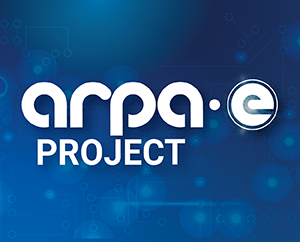Smart Window Coatings

Technology Description:
The University of Texas at Austin (UT Austin) is developing low-cost coatings that control how light enters buildings through windows. By individually blocking infrared and visible components of sunlight, UT Austin’s design would allow building occupants to better control the amount of heat and the brightness of light that enters the structure, saving heating, cooling, and lighting costs. These coatings can be applied to windows using inexpensive techniques similar to spray-painting a car to keep the cost per window low. Windows incorporating these coatings and a simple control system have the potential to dramatically enhance energy efficiency and reduce energy consumption throughout the commercial and residential building sectors, while making building occupants more comfortable.
Potential Impact:
If successful, UT Austin’s low-cost window coatings would yield a 5-fold reduction in the cost of “smart window” production, enabling more consumers to adopt the technology and drive down building energy consumption.
Security:
Improving the energy efficiency of buildings reduces pressure on the electrical grid, improving its stability and also reducing the nation’s dependence on imported oil for heating.
Environment:
Better building efficiency would limit electricity and fuel consumption and reduce greenhouse gas emissions.
Economy:
Improvements in heating and cooling efficiency could save homeowners and businesses thousands of dollars on their utility bills.
Contact
ARPA-E Program Director:
Dr. Eric Schiff
Project Contact:
Delia Milliron
Press and General Inquiries Email:
ARPA-E-Comms@hq.doe.gov
Project Contact Email:
milliron@che.utexas.edu
Partners
Lawrence Berkeley National Laboratory
Heliotrope Technologies, Inc.
Related Projects
Release Date:
03/02/2012
